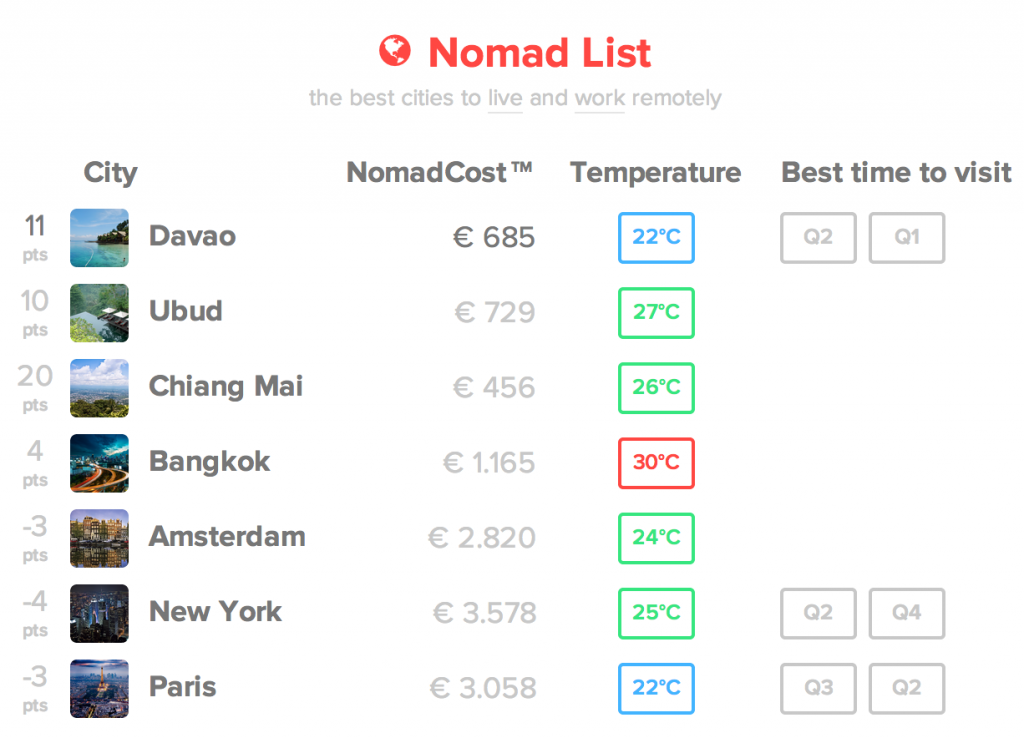The Internet of Things is a new innovation that is sweeping into gradual mainstream awareness, if not adoption. It’s become a recent topic of some fascination, especially for Google-watchers who are trying to uncover the latest technological trends by following the Internet giant: surely the $3 billion dollar plus purchase of smart home device maker Nest did not escape notice.
I recently had the pleasure of sitting down to have a coffee with one of the engineers in the field pushing it forward, Jeff Dungan, co-founder of reelyActive. His startup was named the World’s best technology startup last year by Startup World, and he is a visionary in the field.
The first thing Jeff notes is that what we conceptualize as the Internet of Things can be very exactly defined. Devices that communicate with one another have always existed. Harken back to your childhood when you used a remote control to control a toy car: would that not qualify as being part of the Internet of Things?
Jeff says no. The reason why is because the Internet of Things encompasses internet-enabled devices that can communicate with one another, with one very distinct defining trait: they can do so without any direct human input. As your toy car zips around, you are controlling it directly. However, a Nest thermostat can adjust the heat without you ever touching anything.
This is the magic of the Internet of Things. Jeff imagines a world of “smart spaces” where entire houses, and even neighbourhoods could shift to be adapted to you. A house could be heated at the right temperature, with the lights dimmed for the right ambiance, without you ever doing anything but the initial setup.
Jeff’s company works on allowing for devices to identify you. reelyActive uses hardware RFID devices to tag you as you move through multiple spaces, therefore allowing for the possibility of “smart spaces” to grow, sooner than later. Already, Jeff is working on realizing a Google Analytics for retail at a low enough cost and without significant friction, perfectly suited for smaller retailers—this was a pipe dream just a few years ago. The world he imagines is coming sooner than later, and it can be summed up in one line.
The Internet of Things is a network of internet-enabled devices that can communicate with each other without direct human input, allowing for the evolution of smart spaces that can adapt to you without you doing anything at all.
The Internet of Things is a network of internet-enabled devices that can communicate with each other, without direct human input, allowing for the evolution of smart spaces that can adapt to you without you doing anything at all.
——————————————————————————-
Interested in hearing more about Jeff’s story? Support my efforts to write about him and other entrepreneurs.









